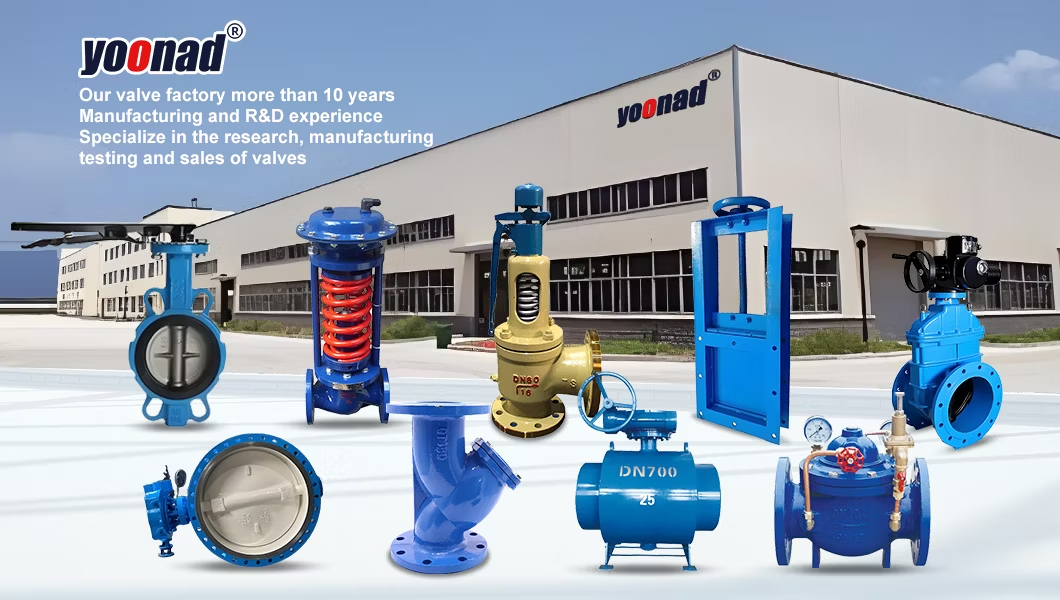Basic Info.
Connection Form
Flange, Weld
Driving Mode
Manual, Electric,Pneumatic
Nominal Pressure
ASME150-ASME-2500
Channel
Straight Through Type
Structure
Floating Ball Valve
Type
Floating Ball Valve
Function
Blow-Down Valve, Relief Valve, Atmospheric Valve, Bypass-Valve, Regulation, Safety, Flow Control
Temperature
Normal Temperature
Standard
GOST, API, GB, DIN
Application
Industrial Usage, Water Industrial Usage, Household Usage
Delivery Time
15-25 Days
Coating
Customized
Connection Ends
Flange ( RF, Rtj)
Working Pressure
150lb/300lb/600lb/900lb/1500lb/2500lb
MOQ
One Sample
Body Material
Carbon Steel
Transport Package
Wooden Case
Specification
customized
Trademark
yoonad
Origin
China
HS Code
8481804090
Production Capacity
10000PCS/Year
Product Description

 The all-welded ball valve body is forged from high-quality materials, the ball body is side-mounted, and the middle flange and neck are all-welded. It is widely used in various fields, its superior quality and high-performance stability is unattainable by ordinary cast steel ball valves, the service life of all-welded ball valves is much greater than that of cast steel ball valves, all-welded ball valves are widely used in city gas, urban heating, petrochemical, shipbuilding, steel, pressure regulating stations, power plants and other types of pipeline equipment.
The all-welded ball valve body is forged from high-quality materials, the ball body is side-mounted, and the middle flange and neck are all-welded. It is widely used in various fields, its superior quality and high-performance stability is unattainable by ordinary cast steel ball valves, the service life of all-welded ball valves is much greater than that of cast steel ball valves, all-welded ball valves are widely used in city gas, urban heating, petrochemical, shipbuilding, steel, pressure regulating stations, power plants and other types of pipeline equipment.  There will be no external leakage.
There will be no external leakage.The machining accuracy of the sphere is high.
There will be no uneven stress, and the pipe is resistant to aging.
Guaranteed to be completely leak-free.

A full-bore welded ball valve consists of a ball, seat, stem, and seal. Its principle of operation is based on the rotational motion of the sphere. When the ball rotates to the closed position, the valve seat fits perfectly into the ball, preventing the fluid from passing through; When the ball is rotated to the open position, the ball separates from the seat, allowing fluid to flow freely. The ball can be rotated by manual, pneumatic or electrically controlled stem, allowing for cut-off and regulation of the fluid.


A ball valve has 7 essential parts that make up its structure:
- Body and cover (3): These are the pressure retaining parts, being the container for the internal parts of the valves. The body is where all the parts are assembled.
- Ball (4): It is the element located in the flow passage that allows (or prevents) the flow inside the line, through a 90º turn on an axis perpendicular to the flow direction.
- Stem (1): This is the element that actuates the ball, and can be manually or automatically operated (electrically or pneumatically).
- Handle: This is the lever that allows the ball to be operated through the stem.
- Seats (5): These components, made of different materials, are positioned to hold the ball between the sealing surfaces of the seat itself, thus allowing the fluid to be hermetically sealed.
- Body seals: These are the elements that prevent fluid leakage to the outside between the body and the valve cover. They can be made of various materials.
- Valve stem seals (2): Valve stem seals are the sealing elements that are placed between the valve body and the valve stem to prevent leakage of fluid to the outside. They can be made of different materials.

| No. | Component Name | Material |
| 01 | Body | CF8, CF8M, CF3M |
| 02 | Seat | PTFE, R-PTFE |
| 03 | Bonnet | CF8, CF8M, CF3M |
| 04 | Ball | SS304 |
| 05 | Stem | SS304 |
| 06 | Gasket | PTFE |
| 07 | Sealing Ring | PTFE |
| 08 | Packing | PTFE |
| 09 | Packing Gland | SS304 |
| 10 | Handle | SS304 |
| 11 | Spring Washer | SS304 |
| 12 | Hex Nut | SS304 |
| 13 | Lock | SS304 |















